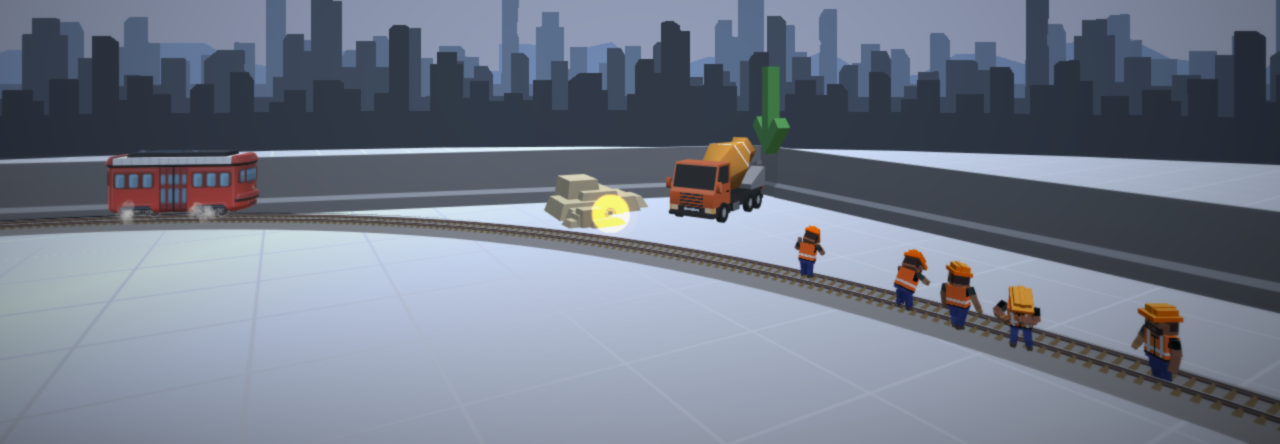One of the projects I’m working on right now is centred around city management (amongst other things) and I’ve come across some neat research as a result.
There’s essentially two ways to model a city that people have looked at. One way is to use cellular automaton to compute the city and the other is cell-space model.
Cellular automation is what the Game of Life uses. Basically each ‘cell’ acts based on the information directly around it. Based off of a rule set the cell will then behave in a certain way.
In a cell-space model the operation is slightly different. The cell is not only aware of it’s immediate surrounding but what’s also around it at a greater distance. This means it’s concerned with more connections and variables than cellular automation.
Using this cellular approach to understand urban environments isn’t just used in video games it’s used in the real world as well. A paper published in September 2014 used this approach: Spatially-explicit simulation of urban growth through self-adaptive genetic algorithm and cellular automata modelling.
These two cell-based approaches can also be found in a great analysis of city simulation games titled Video games and urban simulation: new tools or new tricks?
Here’s a choice quote from their really good analysis:
Complex urban models will always contain more assumptions about reality than are testable and involve contextual assumptions that remain implicit. These increasing difficulties in testing and validating models, and the fact that some arbitrary mechanisms have to be imposed so that realistic outcomes emerge, have raised serious concerns about the ability of models to predict or even reflect the “real world”. It has been argued that models are still useful, because every kind of model can be used for every purpose. It may depend on users, not on the models; urban models still largely remain didactical vehicles that are valuable to engender discussion and debate (Batty & Torrens 2001). These concerns are not specific to modelling. Trevor Barnes and James Duncan underline that “writing about worlds reveals as much about ourselves as it does about the worlds represented” (1992: 3). Writing (or modelling) reflects more our representations than the world itself. In short, urban modelling can be seen as “story telling” (Guhathakurta 2001), like video games (Frasca 1999). However, in both contexts, the extent to which the story told is believable is always at stake.
Beyond the cell approach there are other options. Conceptually, they seem to just deal with cells in a different format – less literal and more as conceptual cells. That approach is to break down each function of the city into regions. (How is a region not just an oddly shaped cell?) The paper Interactive Geometric Simulation of 4D Cities explores how this form of simulation is possible. Here’s the abstract:
We present a simulation system that can simulate a three-dimensional urban model over time. The main novelty of our approach is that we do not rely on land-use simulation on a regular grid, but instead build a complete and in- herently geometric simulation that includes exact parcel boundaries, streets of arbitrary orientation, street widths, 3D street geometry, building footprints, and 3D building envelopes. The second novelty is the fast simulation time and user interaction at interactive speed of about 1 second per time step.
No matter which way you choose to simulate a city you still need to find ways to figure out what needs to be modelled and simulate. For that you can turn to your own interpretation or look elsewhere. There is a ton of research on what aspects of a city matter the most given whatever lens you want to look through.
If you want to examine a city through a lens of economic strength you would model different things than if you looked at through a level-of-happiness lens.
For our game, the city-space is set a few years into the future and as a result we’re using a modified SWOT and STEEPV approach for prediction.




You must be logged in to post a comment.